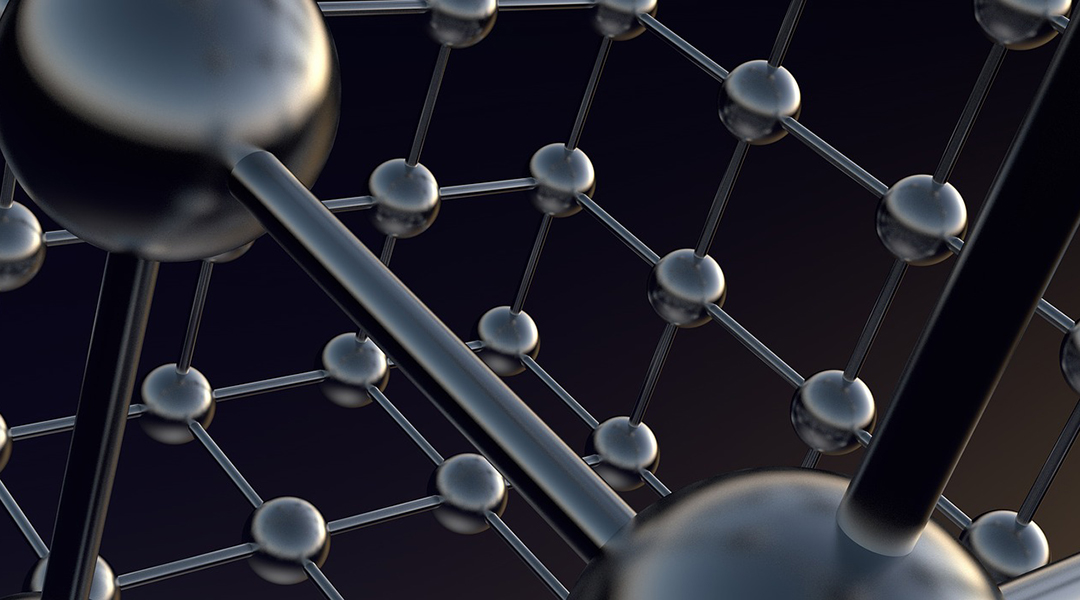A newly synthesized material made from rhodium, selenium, and tellurium, has been found to exhibit superconductivity at extremely low temperatures.
“The scientists believe the material’s behavior might stem from the excitation of quasiparticles — disturbances within the material that behave like particles — making it a “topological” superconductor. This is significant because these quasiparticles’ quantum states could potentially be more resilient, remaining stable even when the material or its environment changes.
If further experiments confirm the topological nature of this compound, it could lead to major breakthroughs in fields such as medicine, particle physics, thermonuclear fusion, and other areas where superconductivity is essential.
“The study was inspired by the potential of superconductivity in materials with topological properties,” Ravi Prakash Singh, a physics professor at Indian Institute of Science Education and Research Bhopal and the lead author of the study, explained in an email. “Understanding this proposed topological superconductivity is crucial because it could lead to exciting applications like fault-tolerant quantum computers.”
Layered semimetals and their significance
Prior studies have hinted that materials in which metallic and semiconductor properties are combined might exhibit extraordinary conducting and magnetic behaviors if they have a specific layered crystal structure. In such structures, the material consists of one-atom-thick sheets that are weakly bound together by electromagnetic forces, making them unique in their physical properties.
Some of the most intriging materials in this field are platinum group transition metal dichalcogenides. These materials can display a wide range of electronic behaviors — like being metallic, semiconducting, insulating, or superconducting. Their properties can even become exotic topological superconducting states, depending on factors like chemical changes, strain, and pressure.
“Platinum-group transition-metal dichalcogenides are materials made of two elements: a metal from the platinum group (like platinum, palladium, or rhodium) and a non-metal from the chalcogen group (like sulfur, selenium, or tellurium),” said Singh. “These materials are interesting because they may have topological properties, and their properties can be adjusted or ‘tuned’ for different applications.”
Synthesizing a topological superconductor
While scientists have recently proposed and experimentally studied various superconducting materials with diverse chemical compositions, few have exhibited topological properties.
Topological superconductors are particularly valuable because their superconducting states are more stable, which could enhance the reliability of devices built on these materials. This makes the exploration of such materials critical for both understanding the complex physics behind superconductors and for practical technological advancements.
“Superconducting materials are valuable because they can carry electricity without any energy loss, essential for efficient power transmission,” said Singh. “They can also host quasi-particles, crucial to future quantum technologies like quantum computers. They are also used in strong magnets for MRI machines and particle accelerators.”
In their study published in Advanced Quantum Technologies, Singh and his colleagues report the results of an experimental analysis of the superconducting properties of a platinum group transition metal dichalcogenide in which one of the original chalcogen atoms was replaced by an atom of selenium, another chalcogenide, which altered the crystal lattice to acquire the necessary shape, known as the 1T-phase, and the desired physical properties.
“The material was made by mixing the elements rhodium (Rh), selenium (Se), and tellurium (Te) in the right amounts,” explained Singh. “These were ground into a fine powder, pressed into pellets, and sealed in a vacuumed quartz tube. The sample was then heated to 1100°C for a week and quickly cooled down using ice water [to avoid the formation of unwanted impure phases].
“RhSeTe is a layered chalcogenide that stabilizes in the pure 1T-phase, [which results in very peculiar electronic properties]. This suggests that RhSeTe could host topological superconductivity — a characteristic not commonly found in other superconducting materials.”
Probing the properties of RhSeTe
After successfully synthesizing the material, the research team studied its crystal lattice using X-ray diffraction and confirmed that it had the intended structure. They also examined its conductive properties and found that, as anticipated, the material became a superconductor at low temperatures, with a transition temperature of 4.72 Kelvin, or about -268 degrees Celsius.
They further measured crucial properties, such as the depth to which the magnetic field penetrates the material and the critical magnetic field at which the superconducting state is destroyed. These measurements provide vital insights into the electron interactions within the superconductor, which are responsible for its conductive and magnetic behaviors.
“This study explores RhSeTe, a material that has not been extensively studied,” explained Singh. “Although it is still early, RhSeTe could help us better understand the relationship between topology and superconductivity — a connection that is not fully understood yet. One limitation of RhSeTe is that it only becomes superconducting at very low temperatures, making it less practical for everyday use currently.”
Where to from here?
While the team has confirmed that their material exhibits superconductivity, further experimental studies are necessary to truly verify its topological nature. They hope that future research will allow for a more detailed examination of the electron behavior within the material, which is crucial for confirming its topological properties.
“Future research needs to focus on understanding the electronic and topological properties of RhSeTe to see how topology influences its superconducting state,” concluded Singh. “This knowledge is crucial for moving closer to practical applications.”
Reference: Chandan Patra et al, Superconducting Properties of Layered Chalocogenides 1T-RhSeTe, Advanced Quantum Technologies (2024). DOI: 10.1002/qute.202400175
Feature image credit: PIRO4D on Pixabay

















